Geothermal energy offers one of the most reliable and sustainable ways to supply clean heat—available 24/7, deeply scalable, and less land-intensive than solar or wind.
Unlike wind and solar, which are intermittent and depend on weather conditions, geothermal provides baseload power that can run continuously, making it an essential piece of the clean energy mix.
Today, geothermal supplies only about 0.4% of global electricity. But according to the International Renewable Energy Agency (IRENA), geothermal power capacity could grow tenfold by 2050, reaching over 200 GW worldwide.
The International Energy Agency (IEA) further estimates that next-generation geothermal could meet more than 8% of global electricity needs if fully deployed.
What’s holding it back?
Historically, geothermal was limited to regions with naturally occurring reservoirs—think Iceland, Kenya, or parts of the U.S. West.
But now, new technologies are breaking those geographic and geological constraints.
Enhanced Geothermal Systems (EGS), closed-loop systems, and ultra-deep drilling are making it possible to tap Earth’s heat almost anywhere.
These advances are arriving at a critical moment. Heating—whether for buildings, industry, or electricity generation—accounts for over 50% of global final energy use.
Much of this still relies on fossil fuels.
Scaling geothermal heat could help decarbonize entire industries while supporting energy security in a volatile global market.
From startups pushing the boundaries of drilling to established players rolling out scalable ORC (Organic Rankine Cycle) systems, the geothermal sector is entering a new era of growth and investment.
Below are some standout companies redefining the geothermal field with innovation, bold projects, and a shared vision for a decarbonized future.
Fervo Energy — Scaling EGS with Capital and Capacity
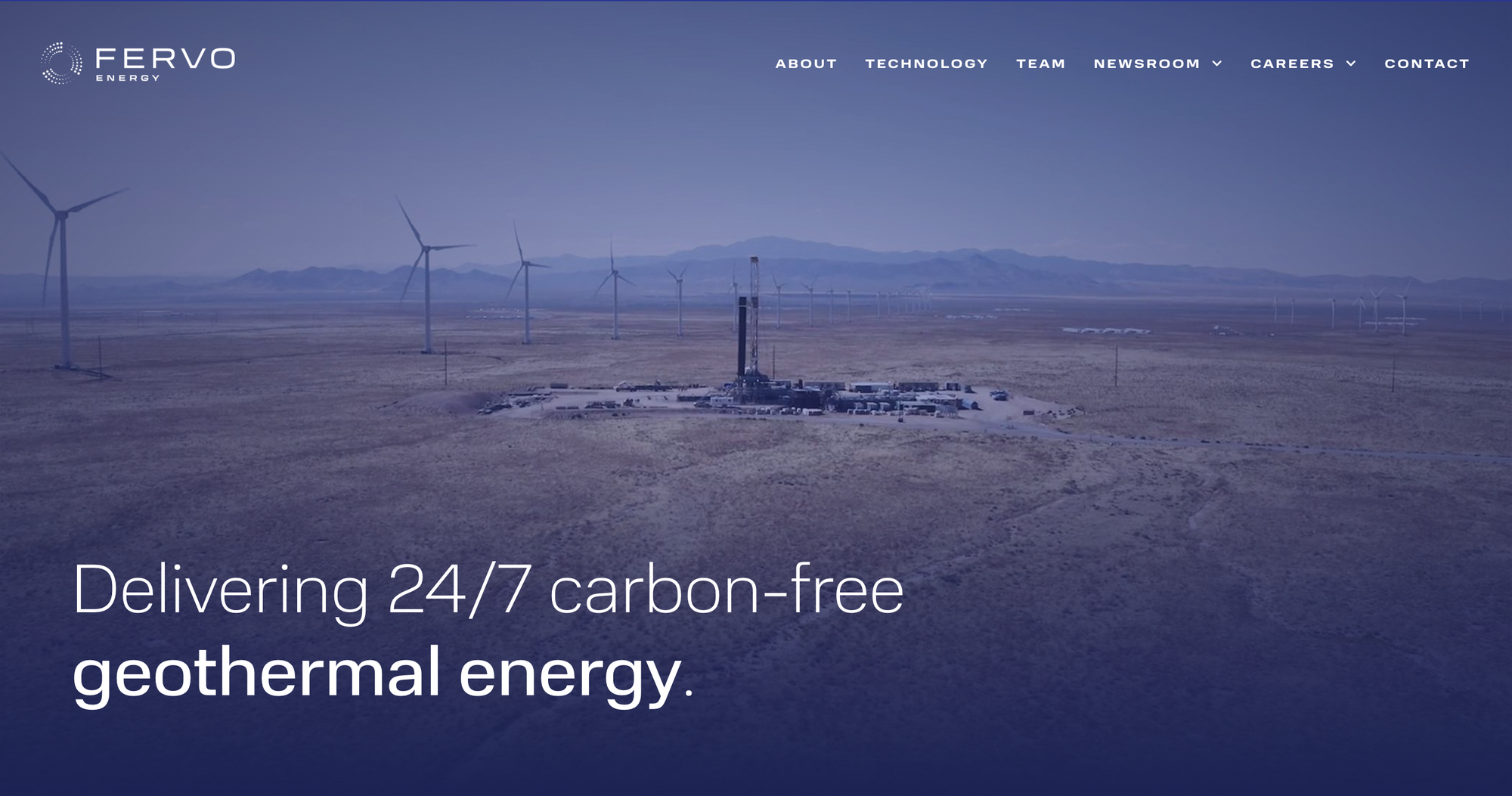
Fervo Energy deploys oil-and-gas expertise in horizontal drilling and fiber-optic sensing to access hot granite formations via Enhanced Geothermal Systems (EGS).
Key Developments
- The Cape Station project in Utah is becoming an industry milestone: $206 million in financing secured to accelerate development.
- Phase I (100 MW) is set for 2026; Phase II (400 MW) by 2028; total build-out capacity may reach 2 GW.
- Fervo has already signed power purchase agreements—including with Shell Energy (31 MW), Southern California Edison, and Clean Power Alliance.
- Innovation is accelerating: drilling time for wells in Utah has dropped dramatically—from 75-day wells in Nevada to under 20 days under $4 million each.
Eavor Technologies — Closed-Loop Geothermal Without Reservoir Constraints
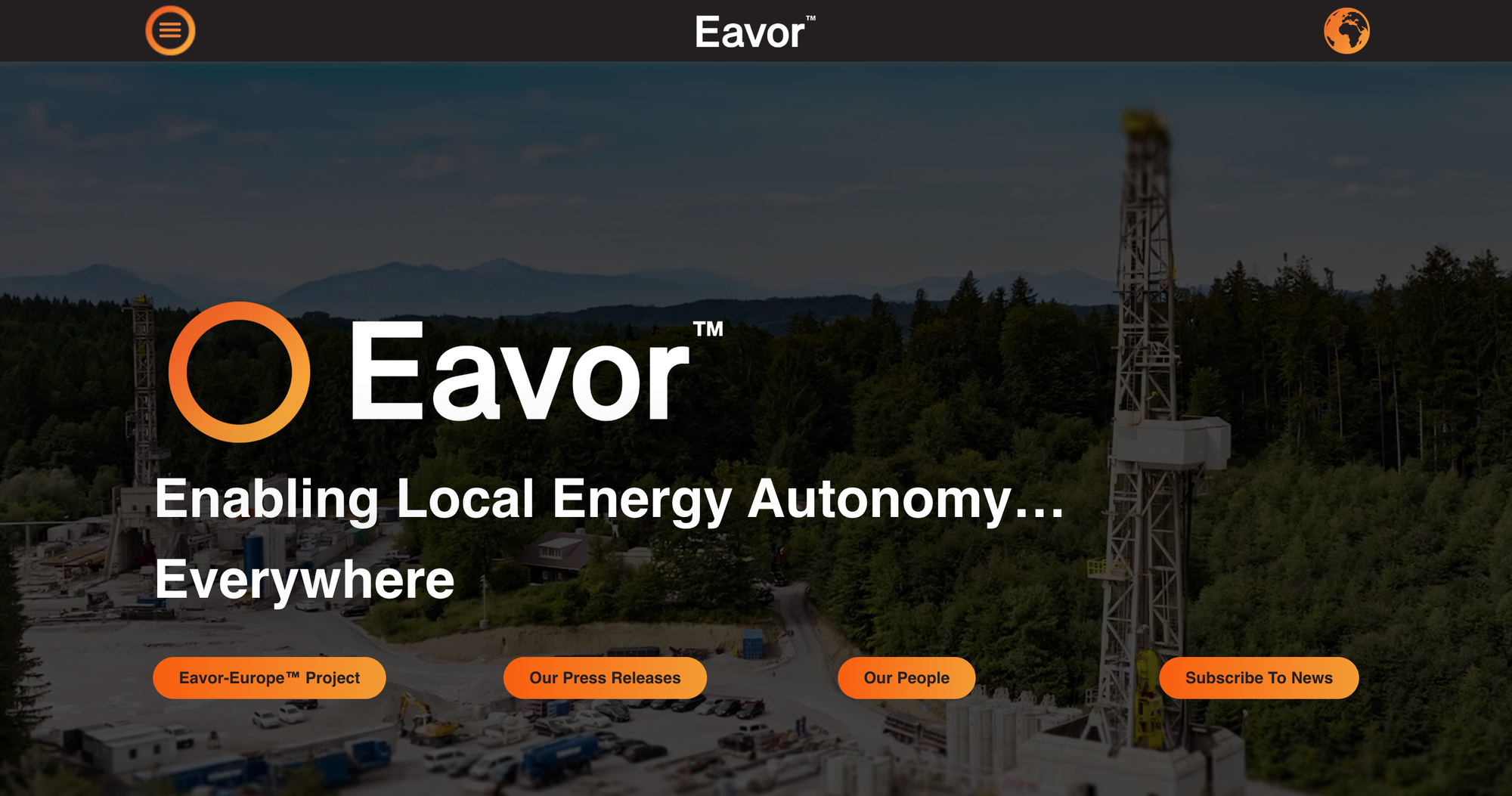
Headquartered in Calgary and founded in 2017, Eavor employs closed-loop Eavor‑Loop™ systems—advanced geothermal technology that eliminates reliance on natural reservoirs and aqueous aquifers.
Key Projects & Impact
- Geretsried, Germany: Expected to deliver 8 MW of electricity and 64 MW of thermal heat by 2027, serving as a flagship for district heating (~20,000 homes).
- Strategic European backing includes €91.6 M from the EU Innovation Fund and €45 M from European Investment Bank.
- Hanover, Germany: Two Loops being built with heat capacity of 30 MW to feed city heating grids via enercity.
- Eavor‑Deep (New Mexico): Demonstrated ultra-deep drilling reaching 18,000 feet at 250 °C—pioneering subsurface access for future scale.
- GeoZone (Sonoma, California): Partnership aimed at unlocking up to 200 MWe with scalable closed-loop systems.
GreenFire Energy — Repurposing Idle Wells for Geothermal Power
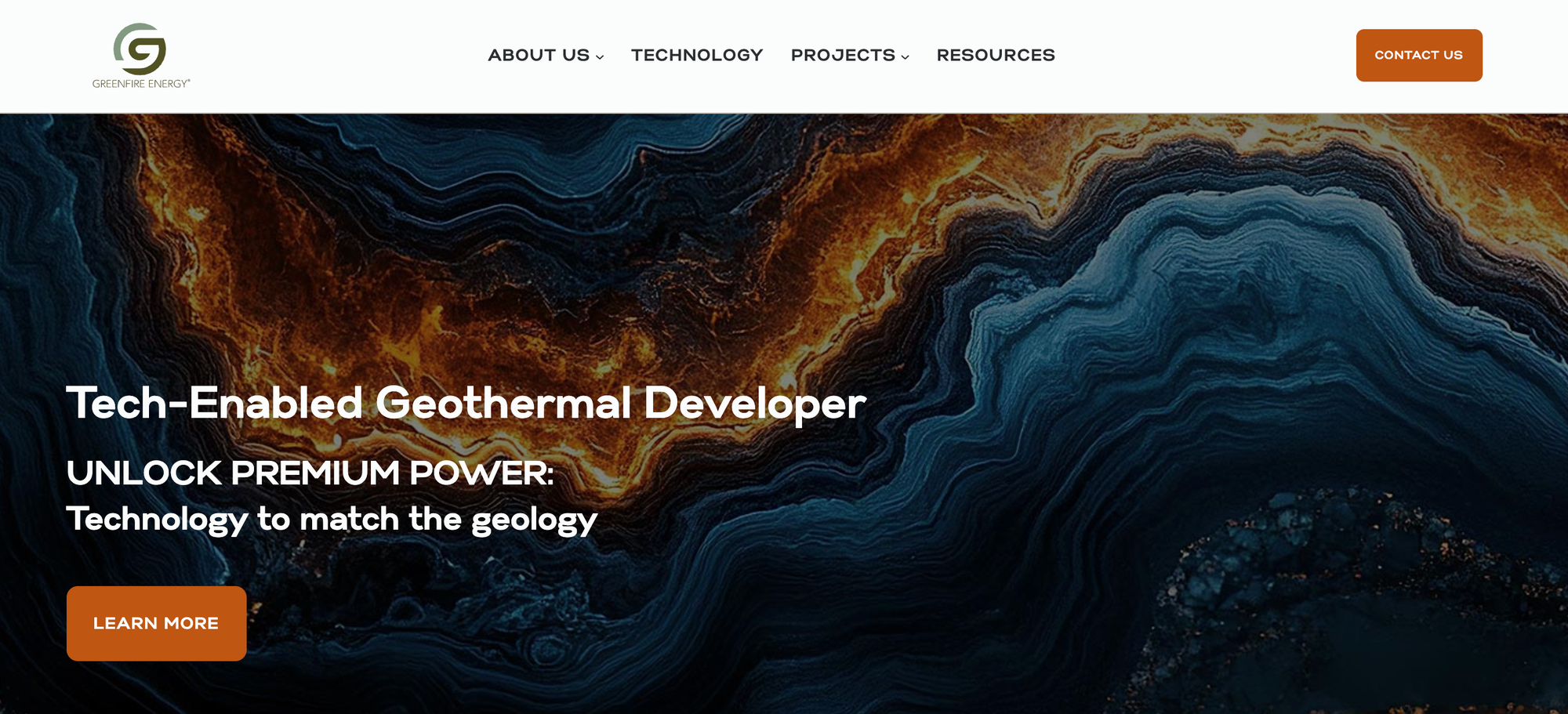
GreenFire Energy specializes in revitalizing underutilized or idle oil, gas, and geothermal wells using its proprietary “GreenLoop” closed‑loop geothermal technology.
This system circulates heat-transfer fluid through sealed well systems, eliminating the need for water, permeability, or aquifer reliance—critical for environmental safety and permitting.
Key Developments
- Demonstrated field-scale success in The Geysers, California—showing that idle wells can practically produce continuous geothermal energy.
- Commercial model hinges on retrofitting infrastructure, reducing upfront risk and cost for geothermal deployment.
Factor2 Energy
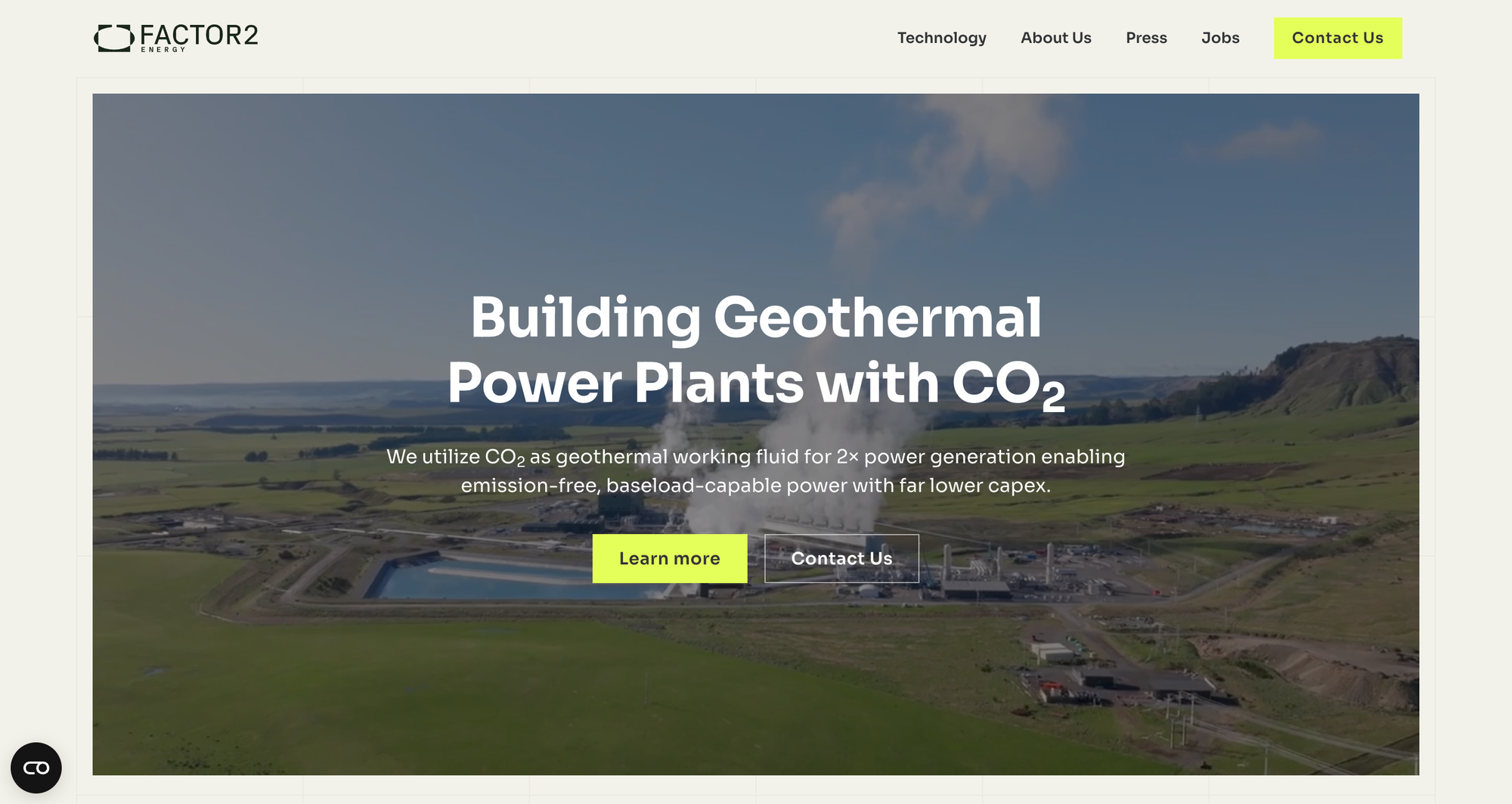
Factor2 Energy develops CO₂-based geothermal power systems designed to unlock scalable, clean, and reliable energy.
With roots in Siemens Energy and backed by leading climate investors, the company’s mission is to expand global geothermal potential while enabling permanent carbon storage.
Quaise Energy — Millimeter-Wave Drilling into Superhot Rock
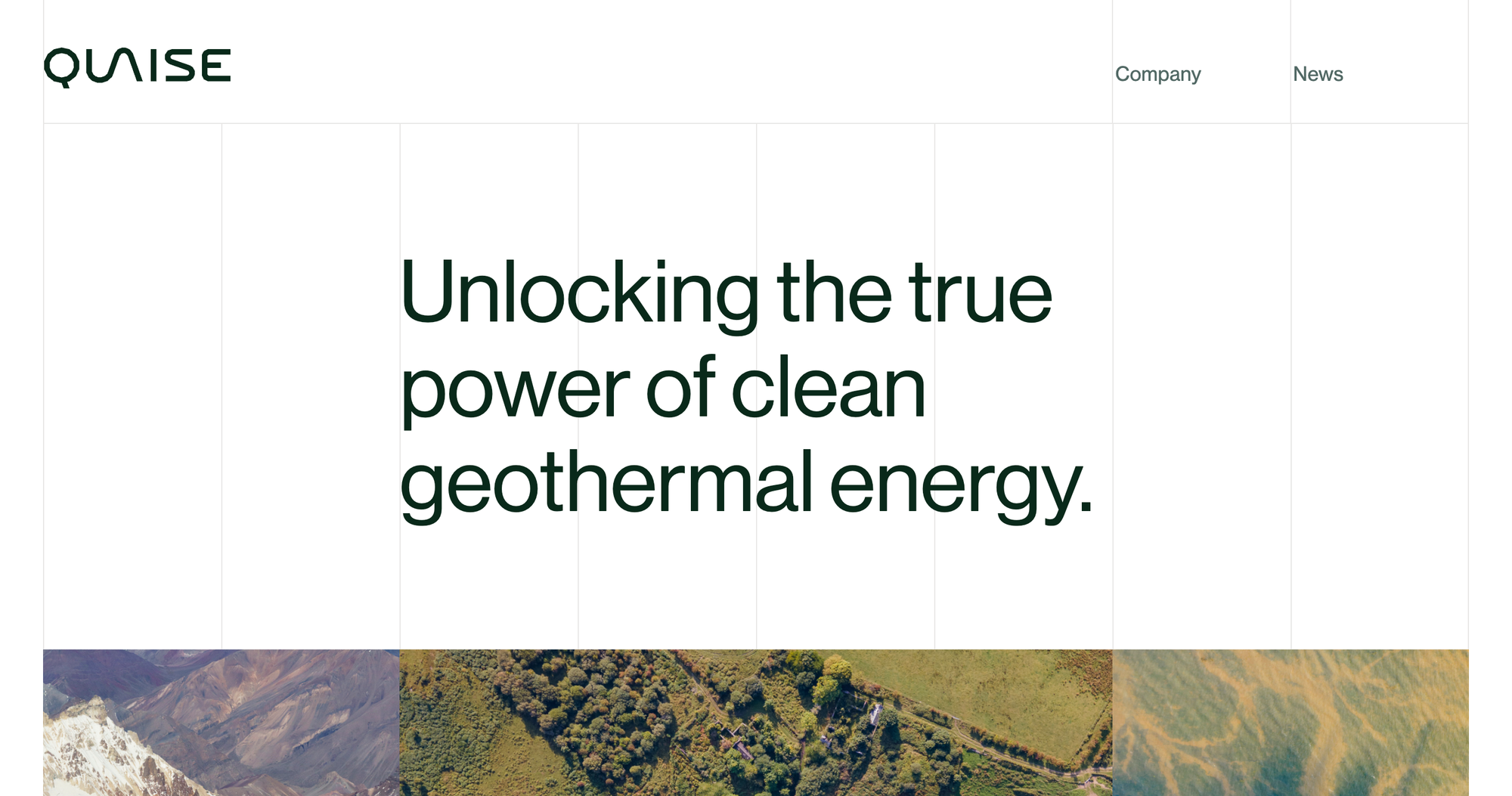
Quaise is developing ultra-deep geothermal drilling technology using gyrotron-powered millimeter waves to vaporize rock—enabling access to superhot geothermal reservoirs, potentially 20 kilometers underground, without the need for traditional mechanical drilling.
Key Developments
- In July 2025, Quaise successfully drilled a 100-meter-deep borehole in Central Texas using its novel millimeter-wave method, advancing toward scalable superhot geothermal extraction.
- As reported in the WSJ, Quaise demonstrated vaporizing basalt rock with a beam, and plans to drill up to 12 miles deep to access high-temperature heat—from which it hopes to generate gigawatts of clean, on-demand energy.
Climeon — Heat-to-Power with Low-Temperature ORC Tech
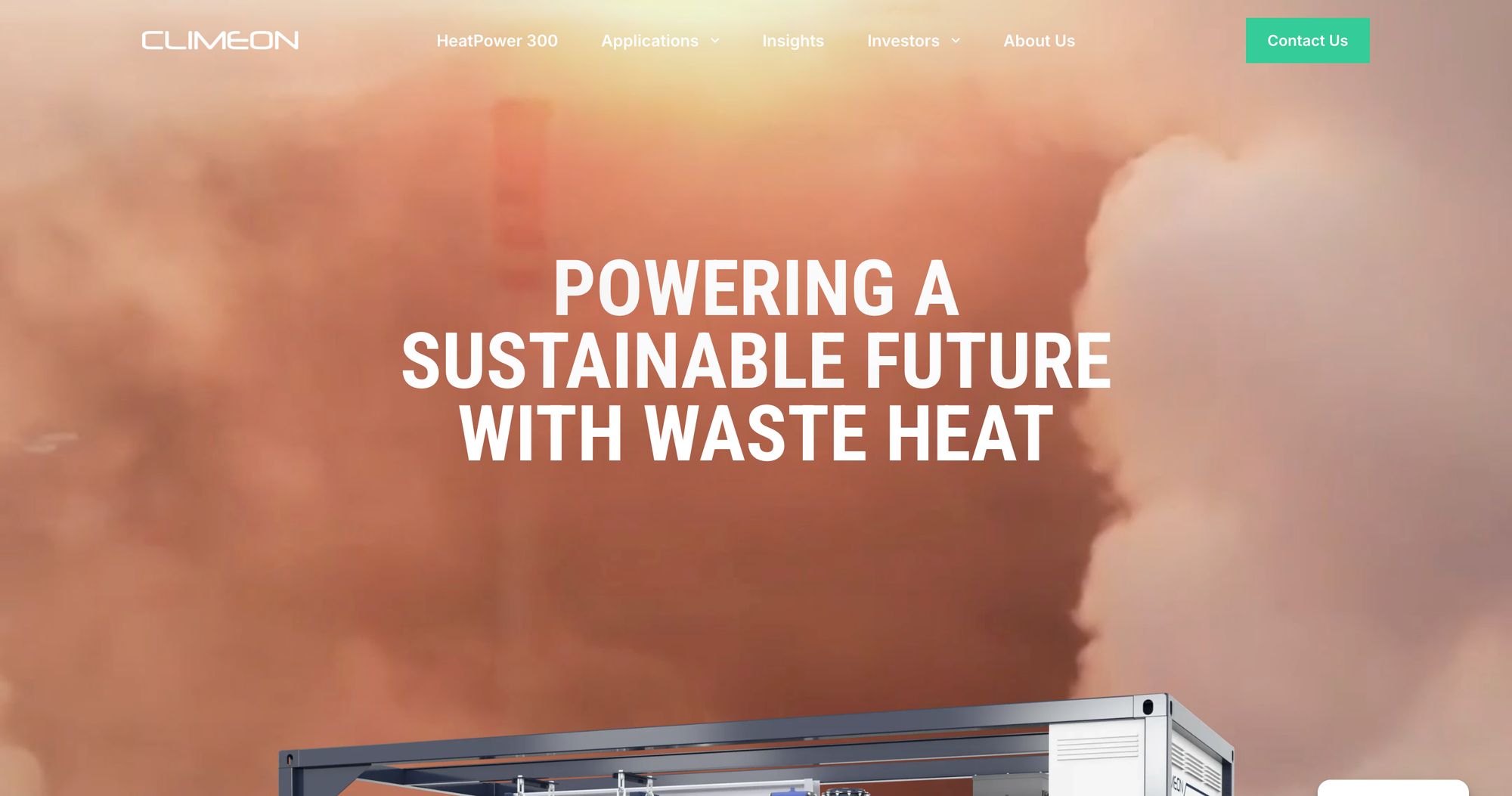
Based in Sweden, Climeon develops modular HeatPower systems that harness low-temperature geothermal and waste heat using Organic Rankine Cycle (ORC) technology. These systems enable clean electricity generation 24/7 from sources as low as ~75 °C.
Key Developments
- The HeatPower 300 module generates ~355 kW per unit and is highly scalable—suitable for distributed, efficient renewable baseload power.
- Climeon’s technology has been adopted across maritime, industrial, and geothermal sectors to lower emissions and expand the practical scope of low-temperature heat conversion.
Cyrq Energy — Hybrid Geothermal Projects Across the West
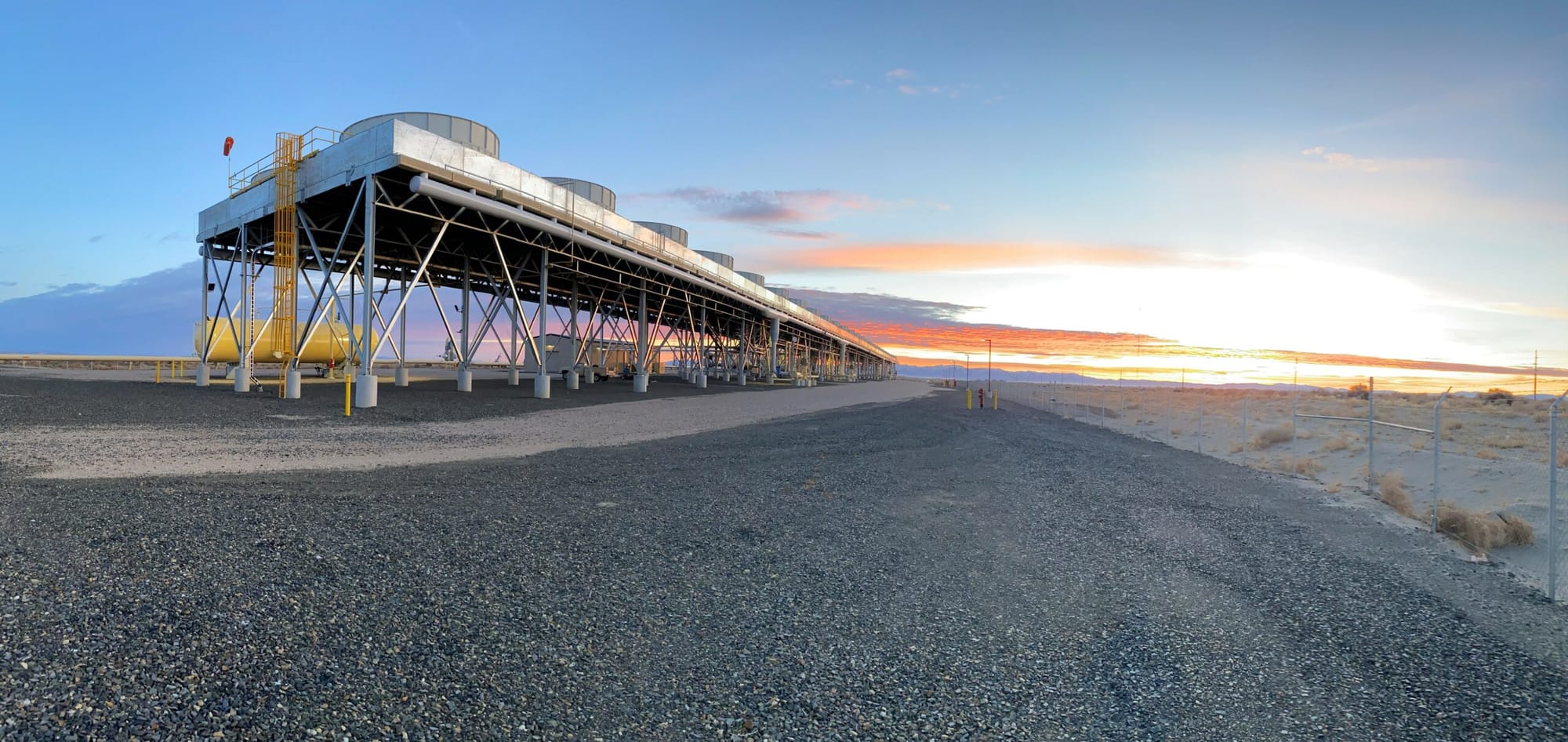
Cyrq Energy manages and develops a diverse portfolio of geothermal projects—including conventional binary systems and Enhanced Geothermal Systems (EGS)—across the western United States.
Key Developments
- Operates active plants such as Soda Lake (Nevada)—with combined capacity approaching ~37 MW—and Thermo (Utah), serving major energy buyers like University of Utah and City of Anaheim.
- The GeoZone project in Sonoma County, California, is planned to bring 20 MW in its pilot phase with up to 180 MW in expansion.
- Cyrq is targeting over 200 MW of new geothermal generation over the next 8–10 years, backed by strategic financing.
- They’ve also secured land rights for nearly 300 MW more across existing sites.
GA Drilling — Plasma & Anchorbit Powered Deep Drilling
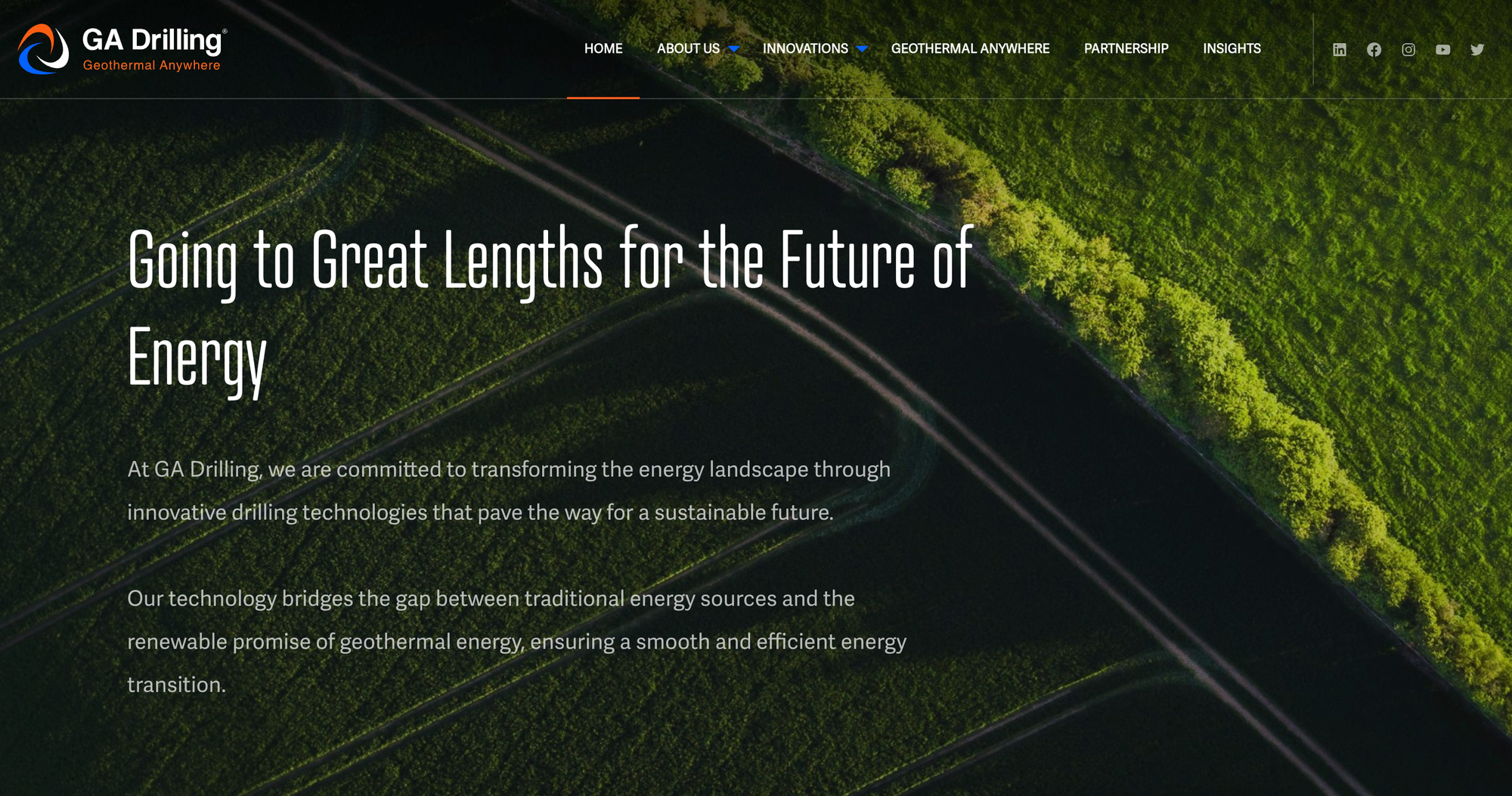
GA Drilling is pioneering ultra-deep geothermal access via combined PLASMABIT and ANCHORBIT technologies. These tools use plasma pulses and mechanical gripping to enable faster, more efficient drilling in hard rock terrain.
Key Developments
- PLASMABIT uses pulsed plasma torches to crack and weaken rock, while ANCHORBIT enhances drillbit lifespan and speed in abrasive formations.
- The system addresses economics of geothermal exploration—potentially delivering deep, consistent heat anywhere with lower risk.
- Historically supported by EU and Slovak grants, GA Drilling is building momentum toward enabling “baseload geothermal anywhere."
Sage Geosystems — Geopressured Analytics & Strategic Partnerships
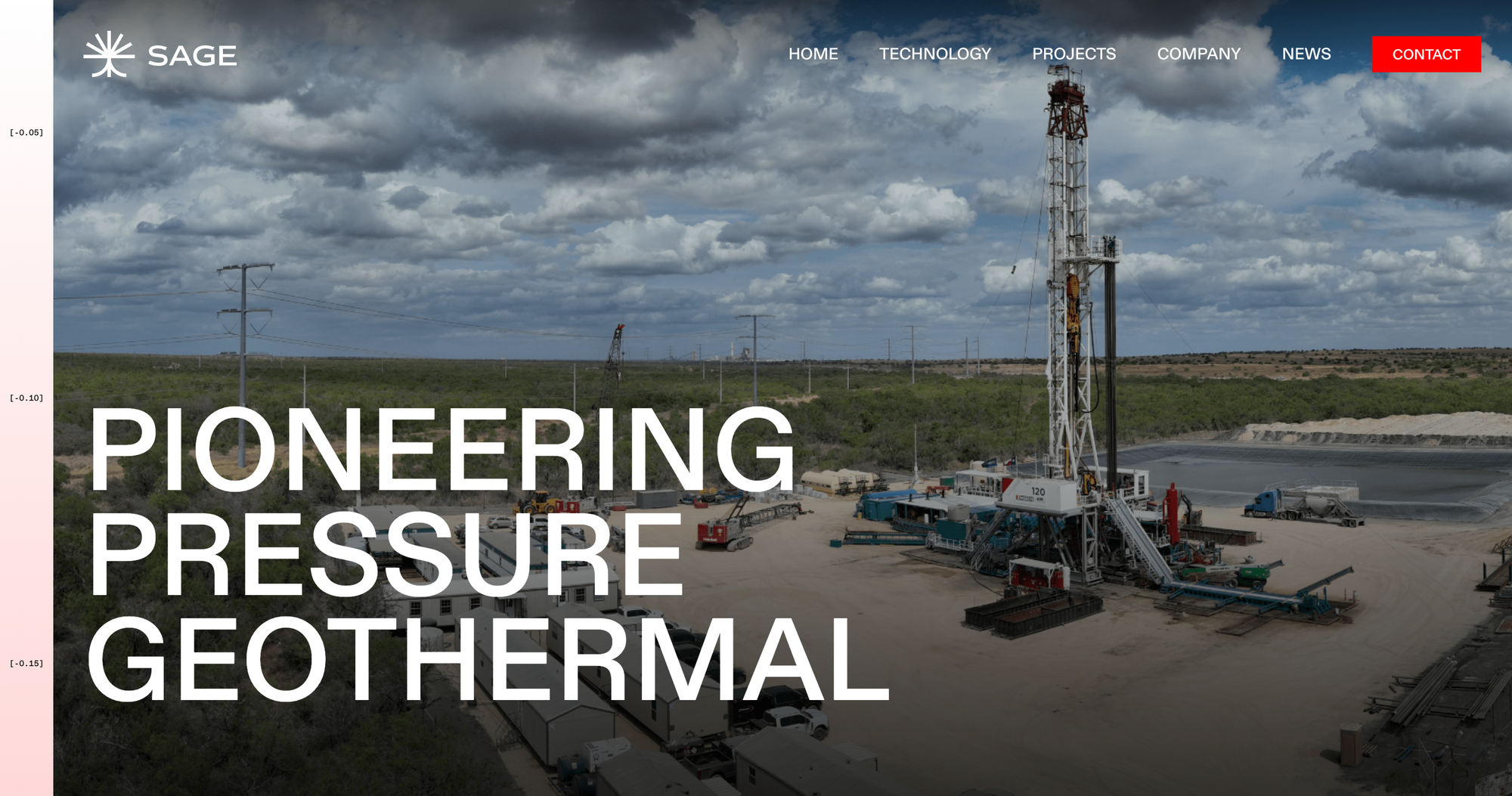
Sage Geosystems offers cloud-based geothermal analytics, focused on geopressured systems that combine geothermal power with subsurface pressure resources for energy and storage.
Key Developments
- Modeling shows a 25–50% increase in net power output compared to traditional hot-dry-rock systems—tailoring deployment to more viable locations.
- In February 2025, Sage partnered with ABB to scale geopressured geothermal for baseload and data center power.
- Meta has entered a deal to purchase 150 MW of geothermal energy from Sage for its U.S. data centers, bringing clean heat into tech infrastructure.
AltaRock Energy — Superhot Rock & EGS Innovation
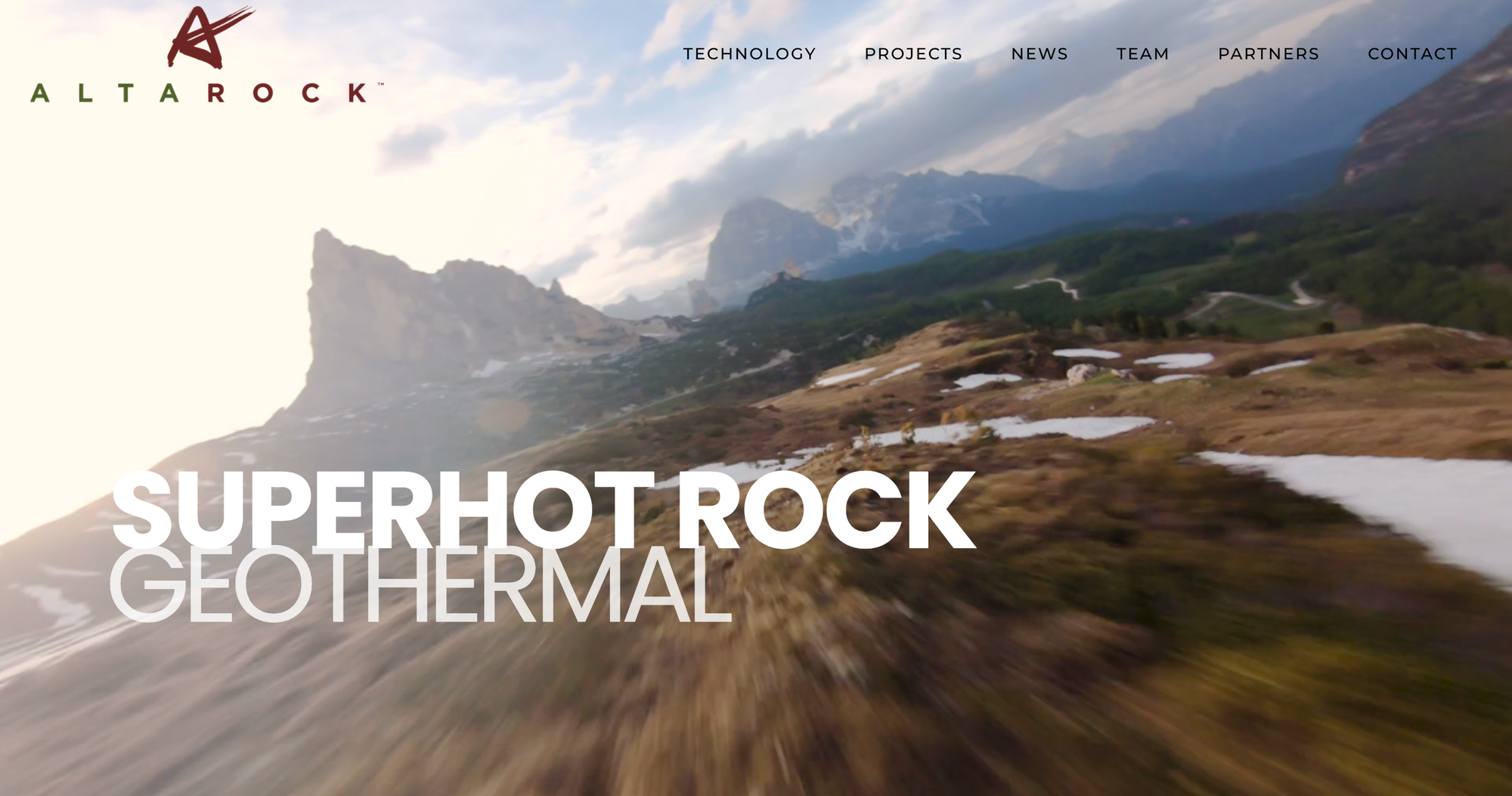
Based in Seattle, AltaRock Energy has been a leader in Enhanced Geothermal Systems (EGS) research and development. Their work has focused on creating permeable reservoirs in hot dry rock, including experiments at The Geysers in California.
Key Developments
- Pioneered “engineered geothermal reservoirs” through hydro-shearing techniques.
- Partnered with U.S. Department of Energy projects to explore superhot rock geothermal resources (>400 °C).
- Spinout Superhot Rock Energy (SHRE) continues R&D for next-generation geothermal in the U.S. and Japan.
Dandelion Energy — Residential Geothermal Heating & Cooling
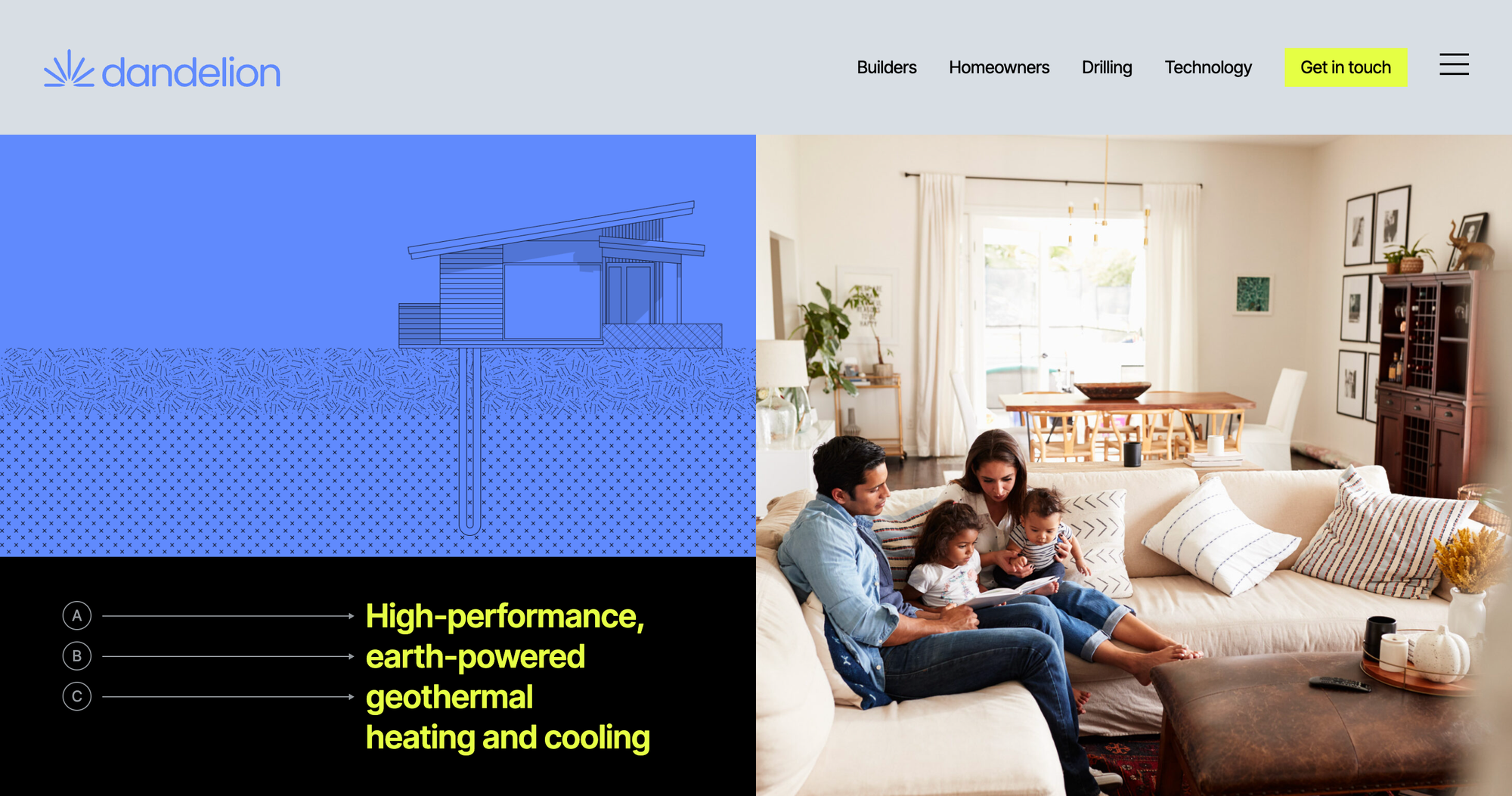
A spinoff from Google X, Dandelion Energy focuses on geothermal heat pumps for homes, making clean heating and cooling accessible to suburban homeowners in the U.S. Northeast.
Key Developments
- Raised more than $130 million in venture funding from Breakthrough Energy Ventures, GV, and NEA.
- Expanded installations across New York, Connecticut, and Massachusetts.
- Their system can cut heating/cooling emissions by up to 80% compared to fossil-fuel systems.
Geo40 — Mineral Recovery + Geothermal Brine
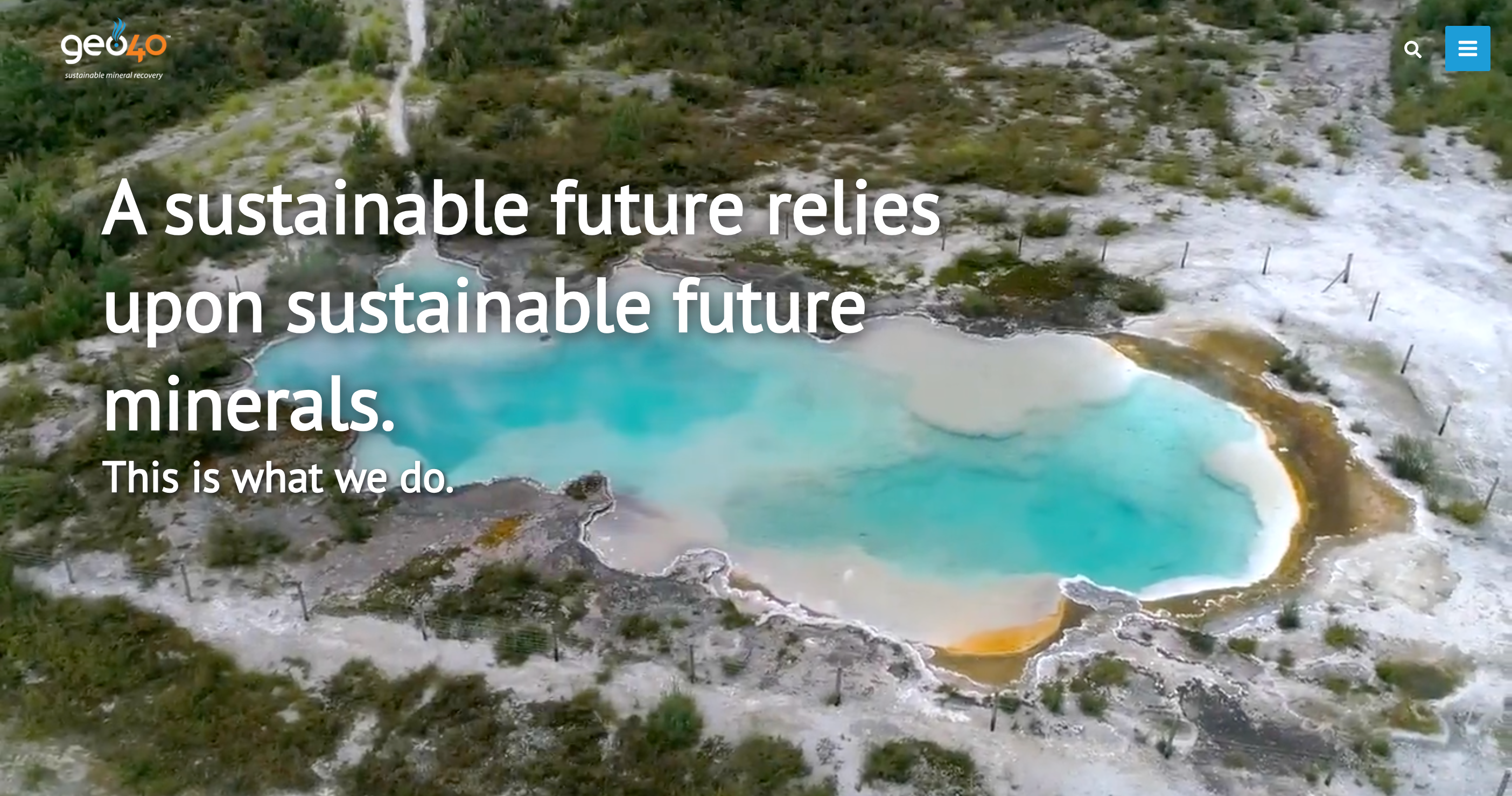
New Zealand’s Geo40 has developed technology to extract silica and other critical minerals from geothermal brines—turning waste streams into valuable resources while improving plant performance.
Key Developments
- Extracts high-purity silica from geothermal plants in Taupō, New Zealand.
- Exploring lithium extraction from geothermal brines—tapping into the EV supply chain.
- Works with geothermal operators to improve well efficiency and reduce scaling.
Gradient Geothermal — Turning Oilfields into Clean Energy
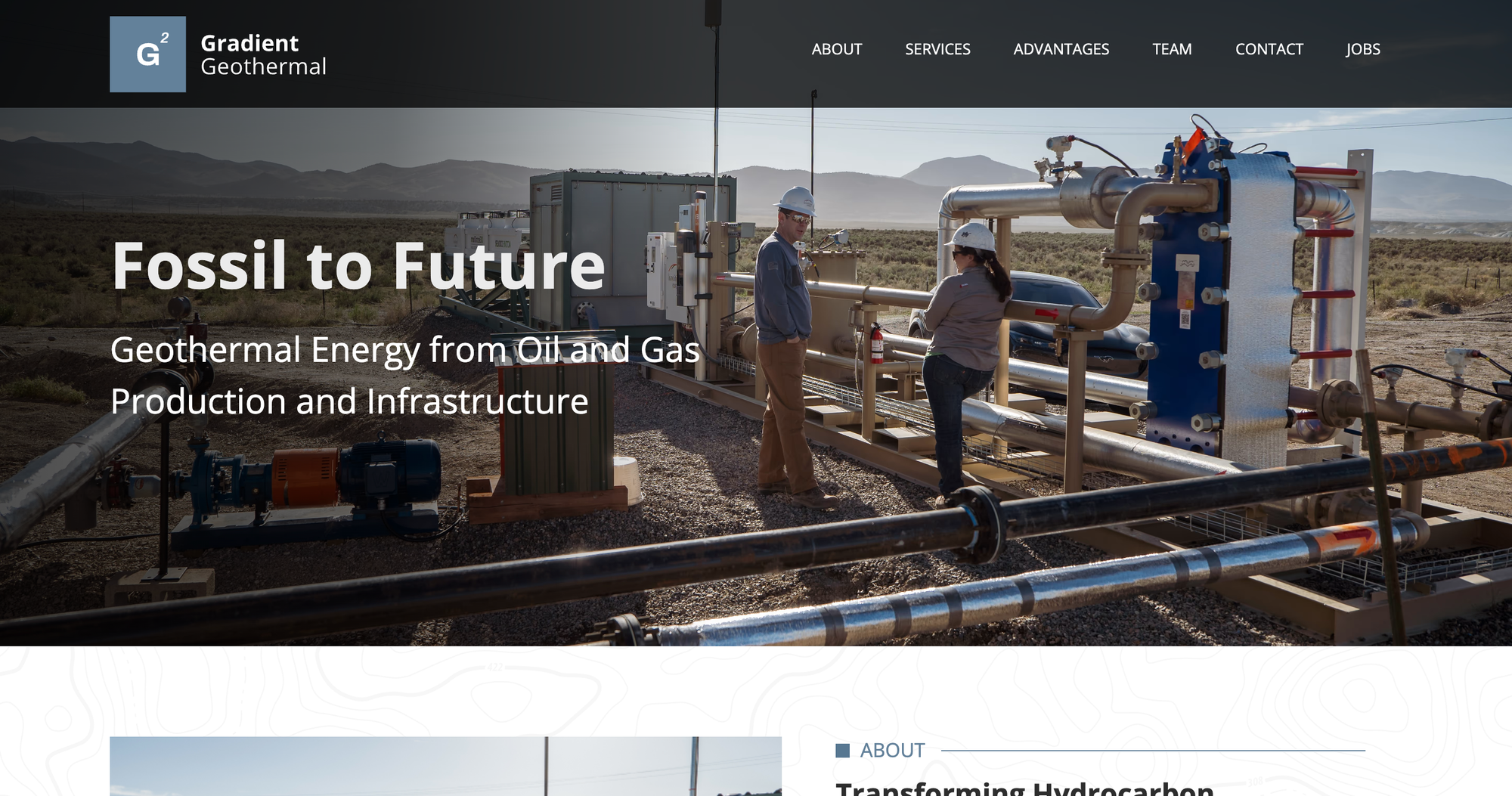
Denver-based Gradient Geothermal repurposes existing oil and gas wells to generate geothermal power, avoiding the high cost and risk of new drilling. By using wellbores and infrastructure already in place, Gradient delivers clean, baseload energy while reducing emissions and extending the life of oilfield assets.
Key Developments
- Nevada Pilot (2022): Partnered with Grant Canyon Oil & Gas and ElectraTherm to generate geothermal electricity directly at an oilfield.
- North Dakota Project (2024): With Chord Energy, launched modular systems that replace gas coolers and co-produce on-site clean power.
- Market Potential: Over 500,000 U.S. wells could yield 13 GW of geothermal capacity, avoiding 18.2 million tons of CO₂ annually.








